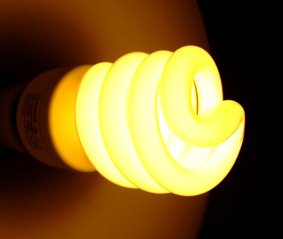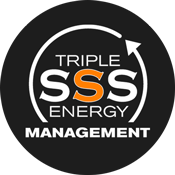Let’s shed some light on lighting efficiency. Basically, light bulbs come in three types. They are halogen incandescents, compact fluorescent lamps (CFLs) and light-emitting diodes (LEDs). They each have their own pros and cons so let’s take a look at what those are.
There are many ways to be more energy efficient at home or in your business. One of the easiest ways is to make changes to your lighting. Switching over to energy-efficient bulbs can reduce our eco-footprint and save you money.
Energy efficiency of a light bulb is measured by how much energy it requires compared to how much energy is required by a traditional incandescent bulb to produce the same amount of light.
To produce the same amount of light as a 60-watt incandescent, each bulb would require approximately the following amounts of energy:
Halogen incandescent comes in at 42 watts
CFL comes in at 15 watts
LED comes in at 12 watts
So In percentages, a halogen bulb will use about 25% less energy, a CFL about 75% less, and an LED about 80% less. CFLs and LEDs are the big winners.
Now let’s talk about how long a bulb will last. Let’s assume a bulb is on 3 hours a day. At that rate an incandescent bulb would last a year or two before it will dim or go out. A halogen incandescent will last about the same amount of time. CFLs are much better and should last about 9 or 10 years. LEDs are estimated to last 25+ years. WOW!
As there are differences in lifespan, there are differences in brightness and cost.
Brightness used to be measured in watts. The more watts, the brighter the bulb. We now have bulbs producing the same amount of light with far less watts so a new metric is now used, lumens. Each type of light is capable of producing any level of brightness from a common household setting (500 lumens) to a strong backyard lighting (1000+ lumens). There is no winner when it comes to brightness. The difference is the time it takes to reach full brightness and the shade of light itself.
Price varies between each kind of bulb. Energy-efficient bulbs do come at a slightly higher upfront cost. The increased cost is minimal but it certainly pays off over time with the money you save on energy costs.
You can learn more about lighting efficiency right here on our website, www.triplesenergy.com. Look under Our Solutions, then Energy Efficiency.


